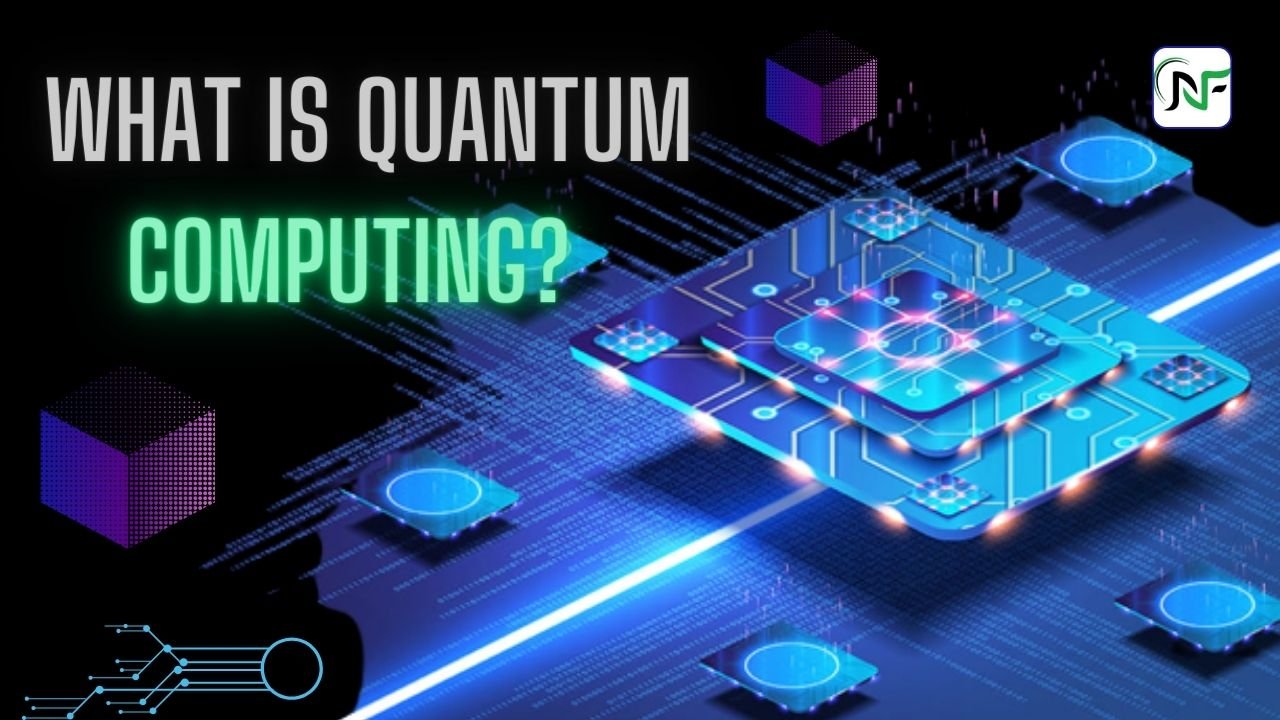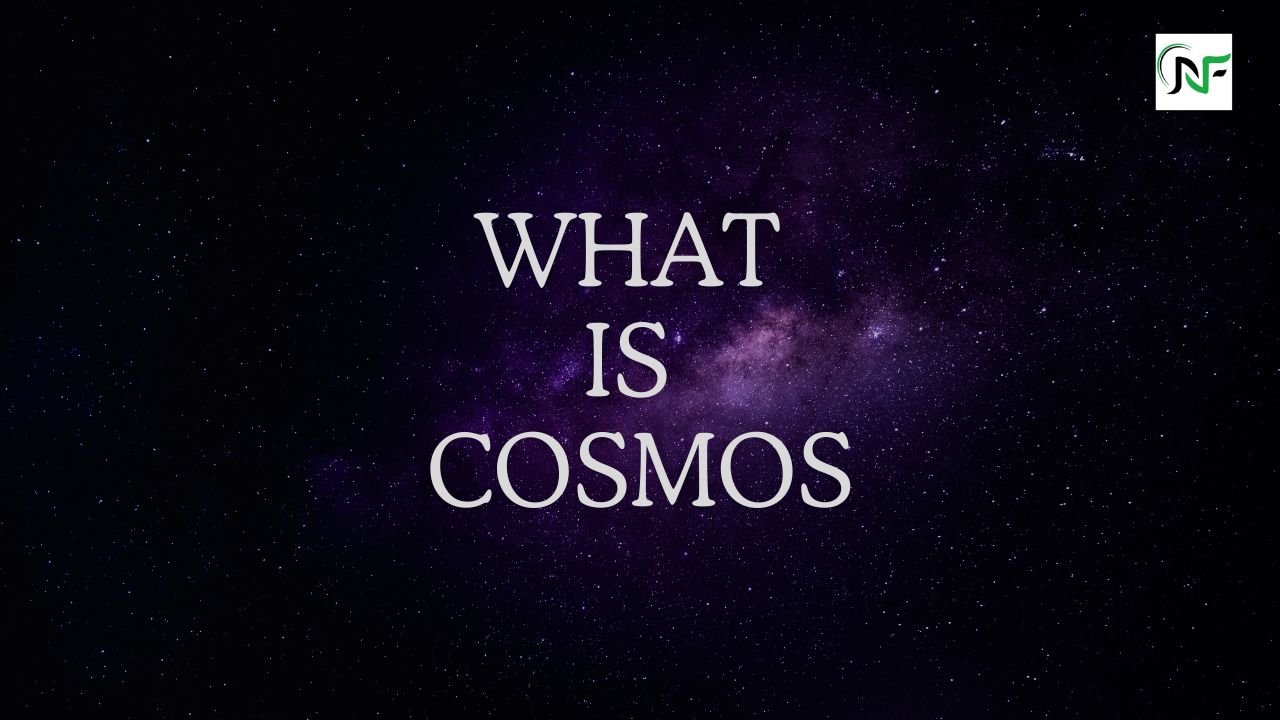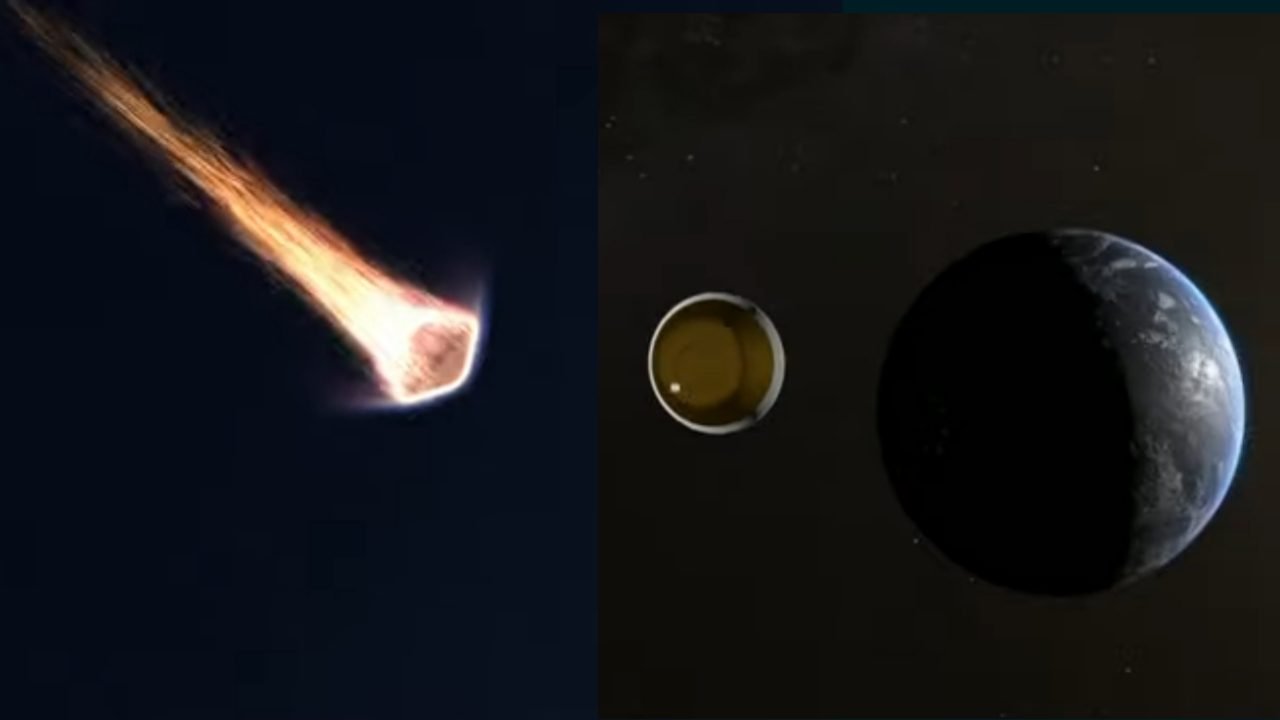Science
Scientists Discovered A New State of Matter The “Liquid Glass”
“Liquid glass” is a substance that is both a solid and a liquid at the same time. It was first discovered by researchers at the University of Konstanz in Germany, who found that when a type of silica known as “amorphous fumed silica” is heated and compressed under certain conditions, it can take on properties of both a liquid and a solid.
In its liquid form, the material flows and spreads like a liquid, while in its solid form, it is rigid and maintains its shape like a solid. This unique property makes it potentially useful for a wide range of applications, including electronics, energy storage, and coatings.
The material’s structure is still not fully understood, and more research is needed to explore its properties and potential applications. However, scientists believe that it could offer many advantages over traditional materials, including greater strength, flexibility, and resistance to temperature and pressure changes.
Education
What is Quantum Computing? Exploring the Power and Potential of Quantum Computing
A new area of computing called quantum computing uses the ideas of quantum mechanics to process some kinds of calculations far more quickly than they can with traditional computers. Qubits, also known as quantum bits, are the fundamental units of information used by quantum computers as opposed to bits (0s and 1s) used by classical computers. Superposition allows qubits to exist in multiple states at once. Additionally, qubits can entangle with other qubits to create complex interactions that are not possible with classical bits.


Important ideas and concepts in quantum computing are as follows:
1. Superposition: A bit in classical computing has two possible values: 0 and 1. A qubit in quantum computing can simultaneously exist in a superposition of both 0 and 1 states. This enables parallel exploration of multiple possibilities by quantum computers.
2. Entanglement: The trend known as quantum entanglement occurs when two or more qubits’ states become correlated to the point where, even when they are physically separated, the measurement of one qubit instantly affects the states of the others. This characteristic is essential for some quantum algorithms.
3. Quantum Gates: The analogs of classical logic gates are known as quantum gates. By performing operations on qubits, such as adjusting their entanglement or superposition, they can manipulate them. These gates are key components of quantum circuits.
4. Quantum Algorithms: Particular quantum algorithms that make use of their special characteristics are intended to be executed by quantum computers. Shor’s algorithm, which factors big numbers exponentially faster than the most well-known classical algorithms, is one of the most well-known quantum algorithms. This has important ramifications for encryption and cryptography.
5. Grover’s Algorithm: Another significant quantum algorithm that searches unsorted databases far more quickly than classical algorithms is Grover’s algorithm.
6. Quantum Supremacy: The point at which a quantum computer outperforms the most potent classical computers in terms of speed or efficiency is known as quantum supremacy. With the release of Sycamore, a 53-qubit quantum computer, Google claimed to have achieved quantum supremacy in 2019.
7. Challenges: The development of workable quantum algorithms for practical applications, scalability (constructing larger and more stable quantum computers), and error correction (qubits are extremely sensitive to environmental interference) are some of the challenges facing quantum computing.
8. Applications: Numerous industries, including artificial intelligence, materials science, drug development, cryptography, and optimization issues, stand to benefit greatly from the advent of quantum computing. It might result in innovations where traditional computing is inadequate.
There is still much to learn about quantum computing, including research and development. Many businesses and organizations are constructing useful quantum computers and investigating their possible uses. This fascinating field has the potential to change many facets of science and technology in the future.
Science
What is Cosmos: Revealing the Endless Mysteries of the Universe
The universe is a vast domain that includes all of space, time, and all cosmic objects. Planets, stars, galaxies, and enigmatic dark matter are all intricate parts of it. Its dimensions surpass human comprehension, entwining space and time, influencing our cosmic connection, enticing exploration, and inspiring scientific endeavors to unravel its mysteries.


A Celestial Tapestry Unraveled
The universe is the fabric of all that exists; it is the universe of stars and planets. It encompasses stars, planets, galaxies, and the vastness of empty space, extending over unfathomable distances. Knowing the cosmos means exploring the mysteries of the universe and going beyond the boundaries of our planet. What does the universe actually consist of, and how does it affect our existence?
Cosmos Defined: Exceeding Earth’s Boundaries
The entire universe, including all matter and energy, space, and time, is referred to as the “cosmos.” It’s not just the universe that can be observed; it also includes uncharted territories with mysteries that defy human comprehension. It reaches beyond the planet Earth and embraces the mysterious dark matter, which is unseen but powerful. Cosmos provides an astounding overview of the universe by encapsulating the untold tales of innumerable galaxies and cosmic occurrences.
Cosmic Dance: Galaxies, Stars, and Planets
Interstellar dust, black holes, massive star clusters, and galaxies are found at the center of the universe. Star nurseries within these galaxies give birth to stars that shine in the dark, radiating energy and reshaping the fabric of the universe.
Earth and other planets twirl in orbits around these stars, supporting a variety of ecosystems and life. As celestial bodies interact and influence one another in a complexly woven cosmic choreography, the cosmic ballet continues.
Unveiling Mysteries: Dark Matter and Dark Energy
Dark matter and dark energy, the enigmatic elements forming the universe, make up a sizable portion of the universe. Unseen but gravitationally powerful, dark matter binds galaxies and forms cosmic structures. The universe is expanding faster than ever thanks to a mysterious force known as dark energy.
Deciphering the mysteries of these enigmatic elements represents an enormous undertaking in understanding the deeper structure of the universe.
Time and Space: Cosmic Dimensions
Cosmos is beyond dimensions, a complex web that entangles space and time. Space-time is warped by gravity, which shapes the motion of cosmic entities, as Einstein’s theory of relativity demonstrates. The universe’s immensity makes it possible for events like black holes, where time seems to stand still, to exist and challenge our understanding of it.
Cosmic Impact: Humanity’s Connection to the Universe
The cosmos has a significant influence on humans and is not only a far-off show. Philosophical questions, scientific research, and technological developments are all motivated by our insatiable curiosity about the universe. It inspires awe and reflection, influencing our perception of life, our position in the cosmos, and even our hopes for the future.
The Search for Knowledge: Scientific Research and Projects
Scientific research is always expanding our knowledge of the universe. Space missions, particle accelerators, and telescopes are some of the instruments used to solve cosmic riddles. We are getting closer to discovering the mysteries of the universe because to projects like the Hubble Space Telescope, which creates breathtaking photographs of the cosmos, and the Large Hadron Collider, which studies basic particles.
Accepting the Infinite Mystery
The universe invites us to investigate it; it is a never-ending symphony of cosmic wonders. Its riddles, which present a huge canvas of mysteries just waiting to be solved, continue to excite philosophers, scientists, and dreamers alike. Gaining an understanding of the universe is a continuous journey that challenges our innate curiosity and broadens our knowledge while urging us to accept the limitless unknown.
Science
A Major Milestone: WHO Approves Serum Institute of India’s Malaria Vaccine

It’s always a positive step forward when new vaccines are approved. Malaria is a serious disease, so having a second vaccine available is definitely a win for global health.
The vaccine can now be distributed worldwide, which is a big step in fighting against malaria. It’s great to see progress being made in global health initiatives!
The R21/Matrix-M malaria vaccine, developed by the University of Oxford and the Serum Institute of India, has been recommended by the WHO. It’s great to hear that the vaccine has shown good safety and high efficacy in clinical trials. And with the Serum Institute of India already having the production capacity for 100 million doses per year, it’s a big step towards making the vaccine widely available. Kudos to everyone involved in this important development! 🎉🌍🩺
Malaria has been a major threat to people worldwide, especially those who are most vulnerable. The WHO’s recommendation and approval of the vaccine is a huge milestone in our fight against malaria. It’s great to hear that additional regulatory approvals are expected soon, and the vaccine could be ready for wider roll-out as early as next year. Ghana, Nigeria, and Burkina Faso are already licensed for its use. The collaboration between the Jenner Institute, SII, and support from organizations like EDCTP, Wellcome Trust, and EIB is truly commendable! 🌍🌱🩺
Science
An asteroid moving very fast towards Earth: 15 times faster than a bullet
The asteroid itself isn’t very big and it’s part of a collection of asteroids that are mostly what we call carbonous chondrites.


Scientists and stargazers will have their eyes on skies above the U.S. state of Utah this weekend the capsule is due to plummet from space at more than 15 times the speed of a rifle bullet, it contains rocks and dust from an asteroid that took four years to reach Earth. Those samples could give vital clues about the formation of our planet more than 4 billion years ago.
What did Dr. Brans Tucker (astrophysicist and cosmologist) say?
It is you know everything we usually do we study from afar we take pictures from a telescope, we measure data we even send probes to measure them on the surface so rarely and so few times have we been able to collect samples, take them from the object and then make that return Journey back to land them on Earth so they can be studying them vastly Superior in the labs all around the world. you know that this probe took years to get they’re traveling nearly 2 billion kilometers just to get to the asteroid and then to come back to you. now previously had years of building in the future so this has been definitely the culmination of over a decade’s worth of effort to get these amounts of samples back to the Earth to be studied.
What exactly did Osiris Rex achieve and how on Earth did it collect the samples?
The asteroid itself isn’t very big and it’s part of a collection of asteroids that are mostly what we call carbonous chondrites. These are kind of like loose piles of rubble and these we think are often the bits of the solar system that formed around the same time as the Earth.
Things like that formed into these clumps and then kind of just stayed there since then so this Pro Cyrus Rex left the Earth and traveled this huge distance he had nearly 2 billion kilometers and reached the asteroid Bennu now it had a target of What his goal was to do was to go down to the surface and then it had this little hose that essentially puffed and vacuumed up the samples, now they hid this object within about 90 centimeters of the center so it traveled nearly two billion kilometers to something only a few hundreds of meters wide to be at the center to within 100 centimeters to collect all of this sample vacuum them up in this container and in this container was sealed to then leave the asteroid and make the return Journey Back of which we’re going to see Sunday.
Science
Stellar Snapshots: Exploring the Cosmos Through the Lens of Astrophotography

Astrophotography is a captivating art that allows photographers to capture the mesmerizing beauty of the night sky. With advanced equipment and techniques, these skilled photographers are able to create stunning images that transport us to the vastness of the universe. They use specialized cameras, telescopes, and lenses to capture the faint light emitted by distant celestial objects. To overcome the challenges of low light conditions and long exposure times, astrophotographers often employ techniques like stacking multiple images to enhance details and reduce noise. They meticulously plan their shoots, considering factors such as moon phase, weather conditions, and light pollution levels to capture the perfect shot. It’s a blend of technical expertise, patience, and a deep appreciation for the wonders of the cosmos that allows these photographers to create truly awe-inspiring images. So next time you gaze at a breathtaking astrophotograph, remember the dedication and artistry that went into capturing that fleeting moment in the night sky.
Let’s know about unique points about astrophotography:-
1. Light Pollution Battle:
Astrophotographers often face the challenge of light pollution, which can wash out the faint light from celestial objects. They use special filters and travel to remote locations with minimal light pollution to capture clearer and more vibrant images.
2. Star Trails:
By using long exposures, astrophotographers can capture the mesmerizing movement of stars across the night sky. This technique creates stunning star trail images, showcasing the Earth’s rotation and the vastness of space.
3. Deep-Sky Objects:
Astrophotographers go beyond capturing stars and also aim their lenses at deep-sky objects like nebulae, galaxies, and star clusters. These objects can be millions of light-years away, and capturing their intricate details requires patience and advanced equipment.
4.Planetary Imaging:
Some astrophotographers specialize in capturing detailed images of planets in our solar system. They use techniques like planetary stacking to enhance details and reveal features like Jupiter’s Great Red Spot or Saturn’s rings.
5.Time-Lapse Photography:
Astrophotographers often create time-lapse sequences, capturing the movement of stars, the Milky Way, or even meteor showers. These sequences provide a dynamic and captivating way to experience the wonders of the night sky.
6.Astrophotography Communities:
There is a vibrant community of astrophotographers who share their knowledge, techniques, and images. They often collaborate, provide feedback, and organize events like astrophotography workshops and star parties to inspire and support each other.
7.Spacecraft and Satellites:
Some astrophotographers take on the challenge of capturing images of spacecraft or satellites passing through the night sky. With precise timing and tracking, they can document the fleeting moments when these man-made objects cross paths with the stars.
Astrophotography is a blend of technical skill, artistic vision, and a deep fascination with the cosmos. It allows us to explore the beauty and mysteries of the universe, one captivating image at a time. 🌌✨

 Entertainment1 year ago
Entertainment1 year agoVENOM 3: ALONG CAME A SPIDER – Teaser Trailer, Cast, Release Date, Review, Story

 Entertainment1 year ago
Entertainment1 year agoLehmberginni | New Punjabi Movie, Cast, Release Date, Review, Story



 How To1 year ago
How To1 year agoHow to Overcome Laziness in 8 Japanese Techniques



 Business12 months ago
Business12 months agoTata Nano 2023: Tata Nano’s new sparkling deal comes in just two and a half lakhs, making the car more affordable than the bike

 Entertainment1 year ago
Entertainment1 year agoBigg Boss OTT 2: Jia Shankar made a shocking revelation as soon as he entered Bigg Boss! Palak Purswani exhibited.



 Business1 year ago
Business1 year agoTata has launched its new electric by-cycle Tata Strider Zeta Plus, let’s know about it

 Entertainment1 year ago
Entertainment1 year agoGadar 2: The Katha Continues Cast, Release Date, Review, Story 2023

 Entertainment1 year ago
Entertainment1 year agoAdipurush(2023)- Release Date, Updates, Cast, Review, Story




































